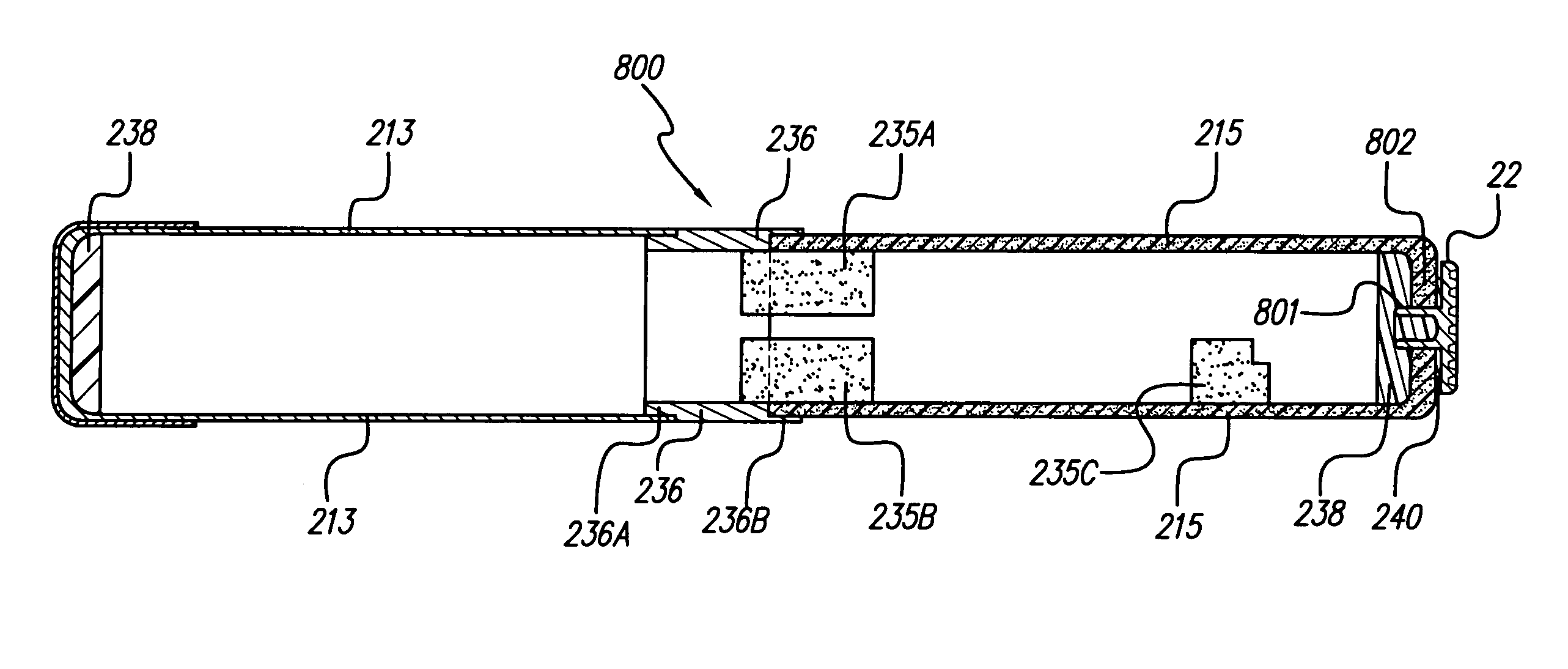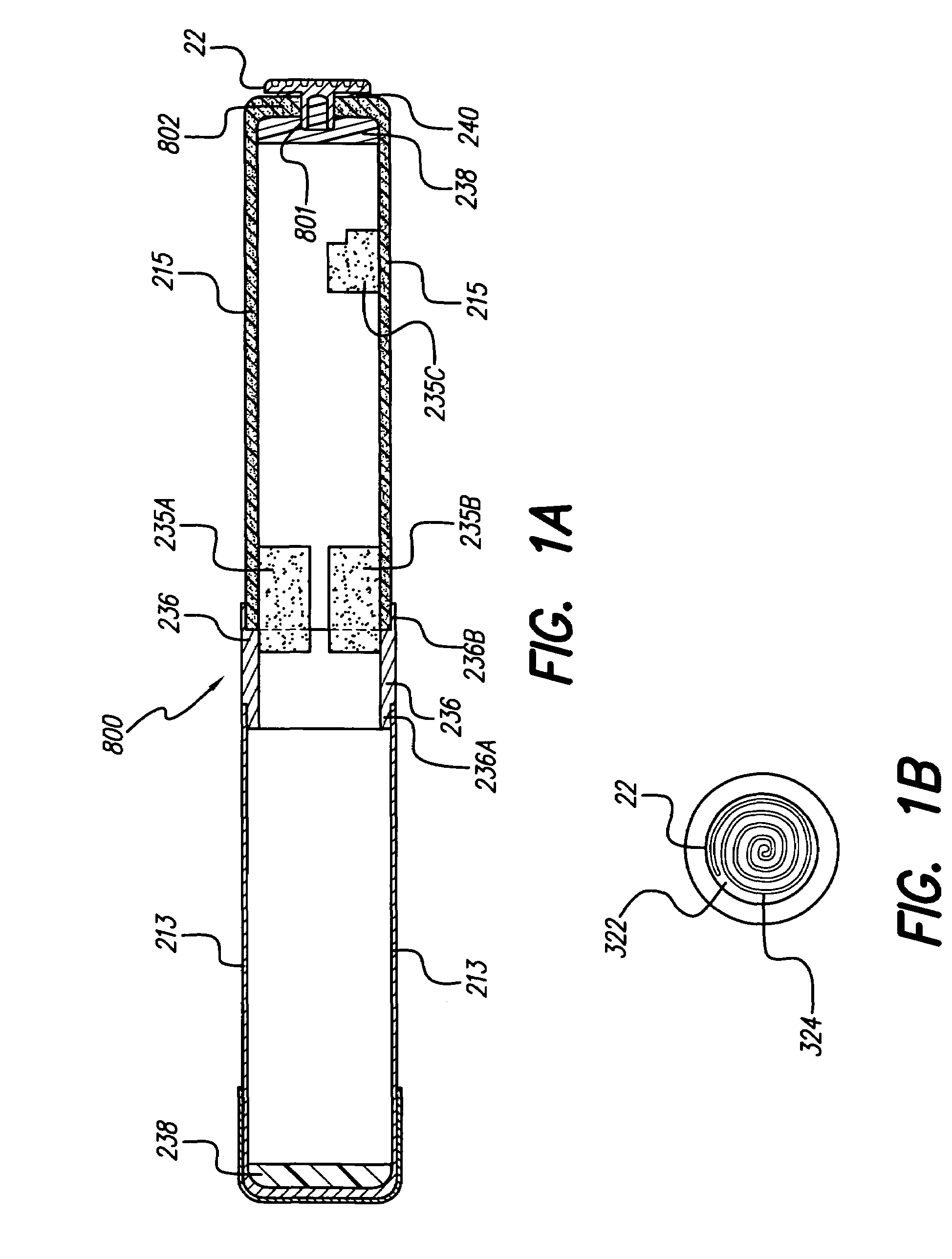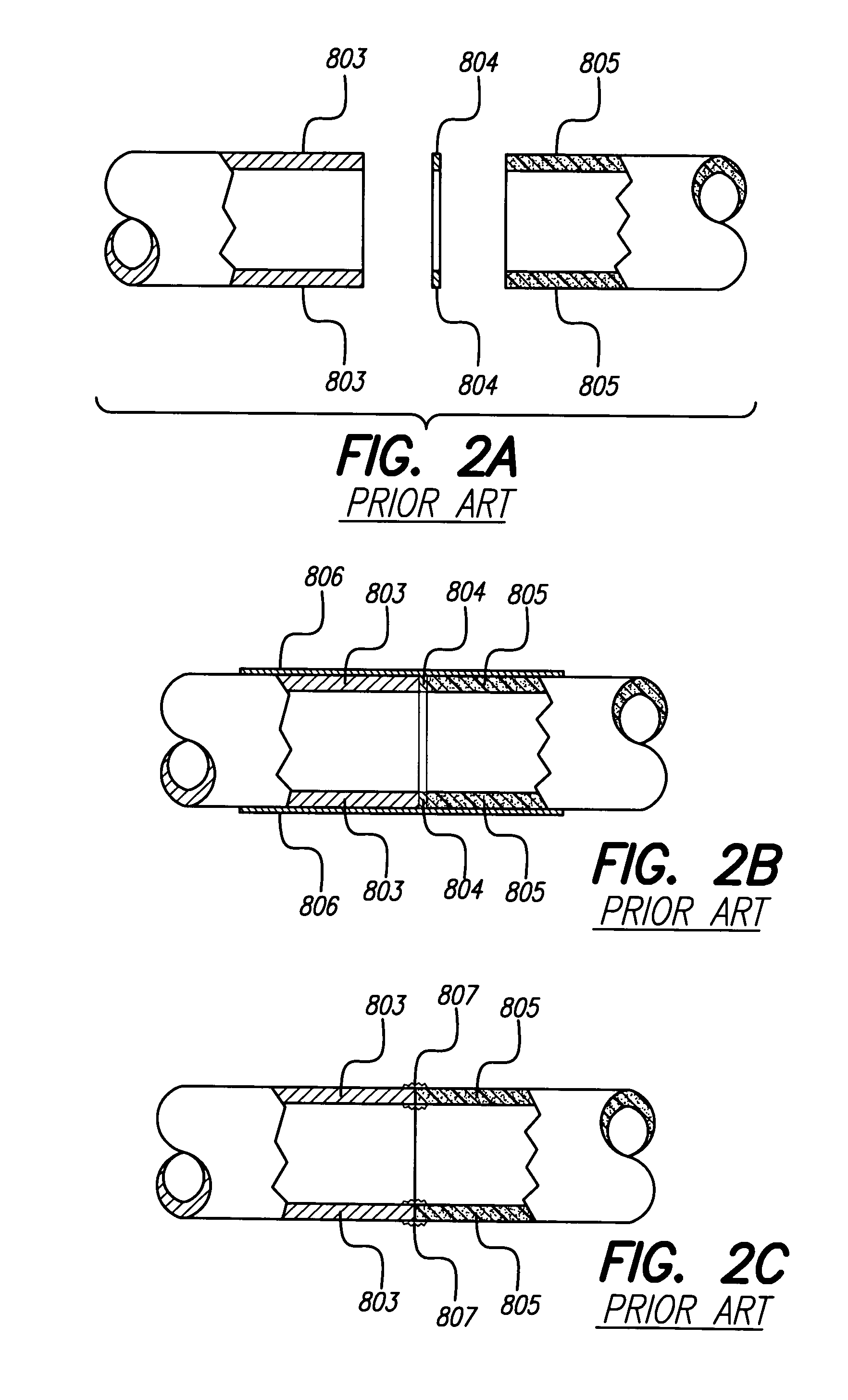Self-centering braze assembly
a self-centering, braze technology, applied in the direction of non-electric welding apparatus, casting plants, wire networks, etc., to achieve the effect of increasing surface area and inhibiting braze material
- Summary
- Abstract
- Description
- Claims
- Application Information
AI Technical Summary
Benefits of technology
Problems solved by technology
Method used
Image
Examples
Embodiment Construction
[0050]The following description is of the best mode presently contemplated for carrying out the invention. This description is not to be taken in a limiting sense, but is made merely for the purpose of describing the general principles of the invention. The scope of the invention should be determined with reference to the claims.
[0051]The present invention may be used with numerous devices. Such devices may include implantable medical devices, such as microstimulators. However, as will be understood by those of skill in the art, the present invention may be used with other types of devices. The exemplary medical device that will be used herein to describe the systems and methods of the present invention is a small, implantable stimulator, and more particularly a microstimulator known as a Bion® microstimulator.
[0052]The Bion® microstimulator has a substantially cylindrical shape (other shapes are possible) and at least portions of it are hermetically sealed using the methods and str...
PUM
| Property | Measurement | Unit |
|---|---|---|
| thick | aaaaa | aaaaa |
| thick | aaaaa | aaaaa |
| thickness | aaaaa | aaaaa |
Abstract
Description
Claims
Application Information
 Login to View More
Login to View More - R&D
- Intellectual Property
- Life Sciences
- Materials
- Tech Scout
- Unparalleled Data Quality
- Higher Quality Content
- 60% Fewer Hallucinations
Browse by: Latest US Patents, China's latest patents, Technical Efficacy Thesaurus, Application Domain, Technology Topic, Popular Technical Reports.
© 2025 PatSnap. All rights reserved.Legal|Privacy policy|Modern Slavery Act Transparency Statement|Sitemap|About US| Contact US: help@patsnap.com



